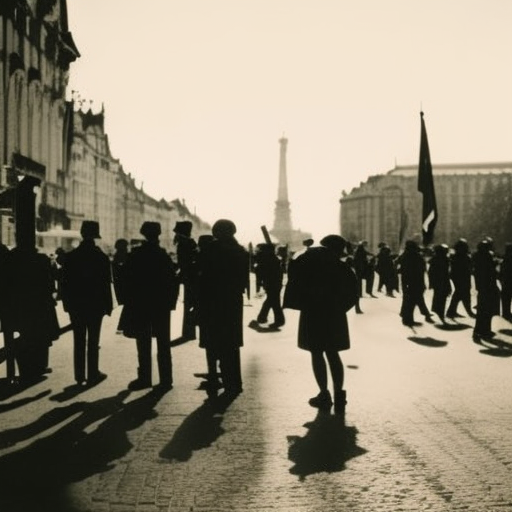V-E Day: The End of World War II in Europe
Victory in Europe Day, commonly known as V-E Day, marked the end of World War II in Europe. It was a momentous occasion that brought relief and celebration to millions of people across the continent. On May 8, 1945, the Allies officially accepted the unconditional surrender of Nazi Germany, bringing an end to six years of devastating conflict.
The Surrender of Nazi Germany
The surrender of Nazi Germany was the result of a series of military defeats and the relentless advance of Allied forces. In the months leading up to V-E Day, the Allies had made significant progress in pushing back German forces on multiple fronts. The Soviet Union had launched a massive offensive in the east, while British, American, and Canadian forces had been steadily advancing through Western Europe.
The Announcement of Victory
On May 7, 1945, German General Alfred Jodl signed the unconditional surrender documents in Reims, France, effectively ending the war in Europe. The news of Germany’s surrender spread rapidly, and people took to the streets in celebration. However, the official announcement of V-E Day was delayed until the following day to allow for the signing of additional surrender documents in Berlin.
Global Celebrations
V-E Day was celebrated with great joy and relief not only in Europe but also across the world. In London, crowds gathered in Trafalgar Square and outside Buckingham Palace, where they cheered and waved flags. In the United States, President Harry S. Truman delivered a radio address announcing the end of the war in Europe and declared May 8 as a national holiday. Similar scenes of jubilation were witnessed in cities and towns throughout the Allied nations.
Legacy and Remembrance
V-E Day marked a significant turning point in world history. It brought an end to the horrors of Nazi Germany and the Holocaust, but it also signaled the beginning of a new era of geopolitical tensions between the Allies, particularly the United States and the Soviet Union. The war’s impact on Europe was profound, with millions of lives lost and entire cities reduced to rubble. The scars of the conflict would take years to heal.
Today, V-E Day is commemorated annually as a day of remembrance and gratitude for the sacrifices made during World War II. It serves as a reminder of the importance of peace, unity, and the preservation of democratic values. Ceremonies and events are held in many countries to honor the veterans and civilians who lived through the war and to pay tribute to those who lost their lives.
In Conclusion
Victory in Europe Day marked the end of World War II in Europe and brought relief and celebration to millions of people. The surrender of Nazi Germany and the subsequent announcement of V-E Day were met with widespread joy and gratitude. The legacy of this historic event continues to be remembered and honored, serving as a reminder of the importance of peace and the sacrifices made during the war.












